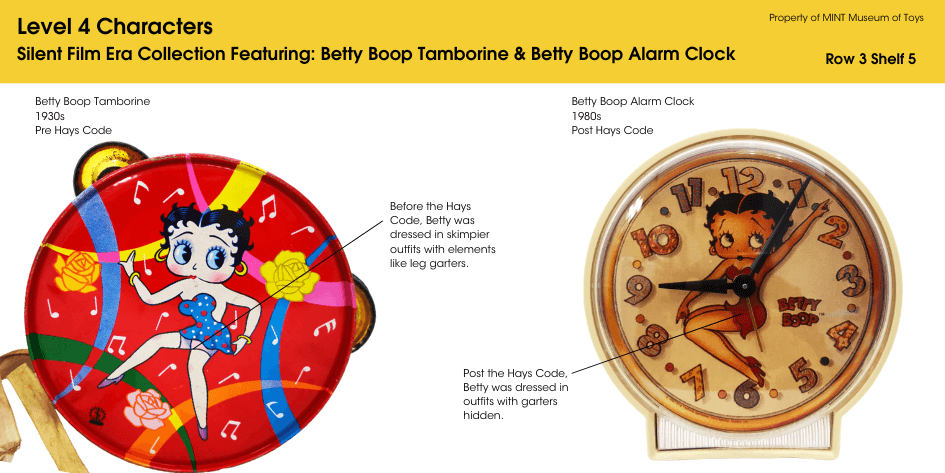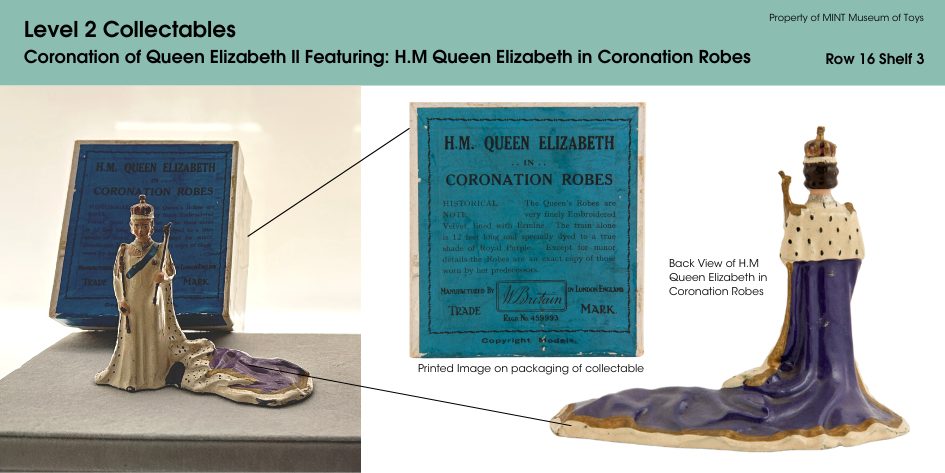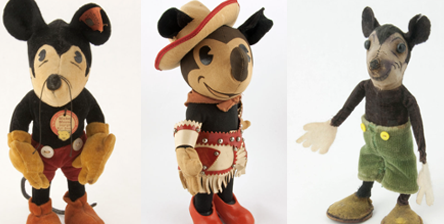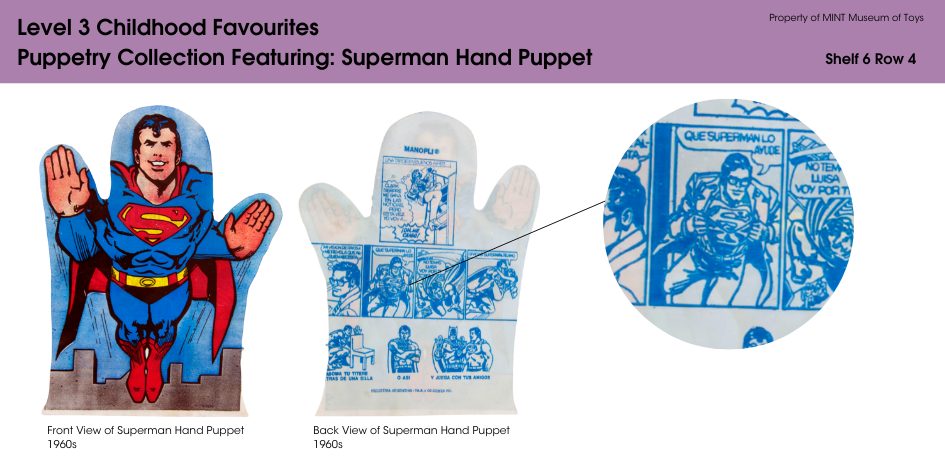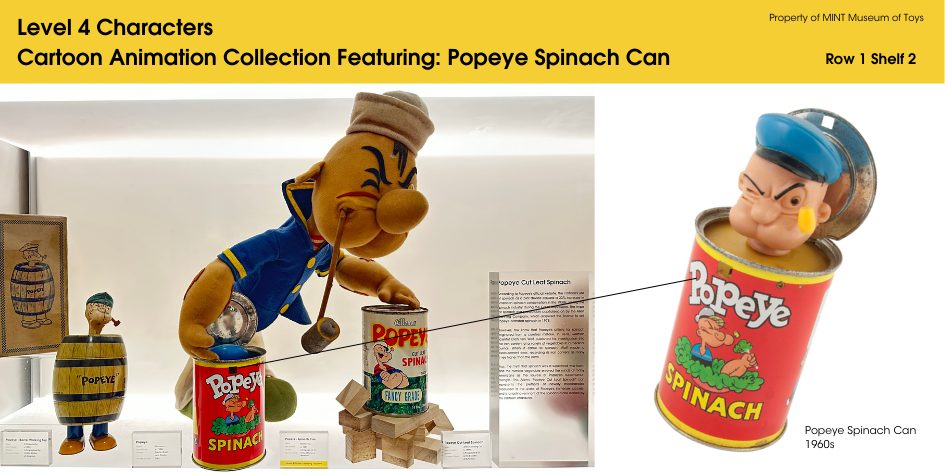Hollywood is known for its talented stars and stunning films, as much as its shocking scandals. However, this is nothing particularly new. Go back in time about a hundred years ago, and you’ll find yourself looking at Hollywood that – even by today’s standards – was enough to make anyone gasp.
The early US film industry in the 1920s was highly unregulated and full of outrageous going ons that shocked the general public as they came to light. This included widespread drug use amongst stars, an active party scene away from the cameras, and scandals such as comedian Fatty Arbuckle’s arrest and trial for the alleged rape and murder of actress Virginia Rappe.
Growing public outcry eventually led to the creation of the Hays Code by major Hollywood studios, which was seen as a way to “clean up” the industry and restore public confidence. The code was intended to promote morality and decency in films, and it had a significant impact on the way films were made and consumed in America for several decades.
What was the Hays Code?
The Hays Code was a set of industry guidelines to ensure films were appropriate for general audiences. It was in place between 1934 to 1968, and influenced everything from storylines to wardrobe choices. The code contained many notable inclusions, including bans on depictions of miscegenation (i.e. mixed-race romantic relationships), profanity, and suggestive nudity. Political censorship was also included, leading to anti-Nazi films being derailed due to Nazi leadership in Germany at the time, as they would have been seen as ‘attacking’ another country’s political institutions.
While the Code was entirely self-imposed, enforcement was rigid under Joseph Breen’s leadership at the Production Code Administration. Directors and writers had to find loopholes, often using subtle hints to imply things that couldn’t be shown. Many characters that existed prior to the Code had to be reworked in order to align to the new rules.
One such character was Betty Boop.
Betty Boop: Before and After
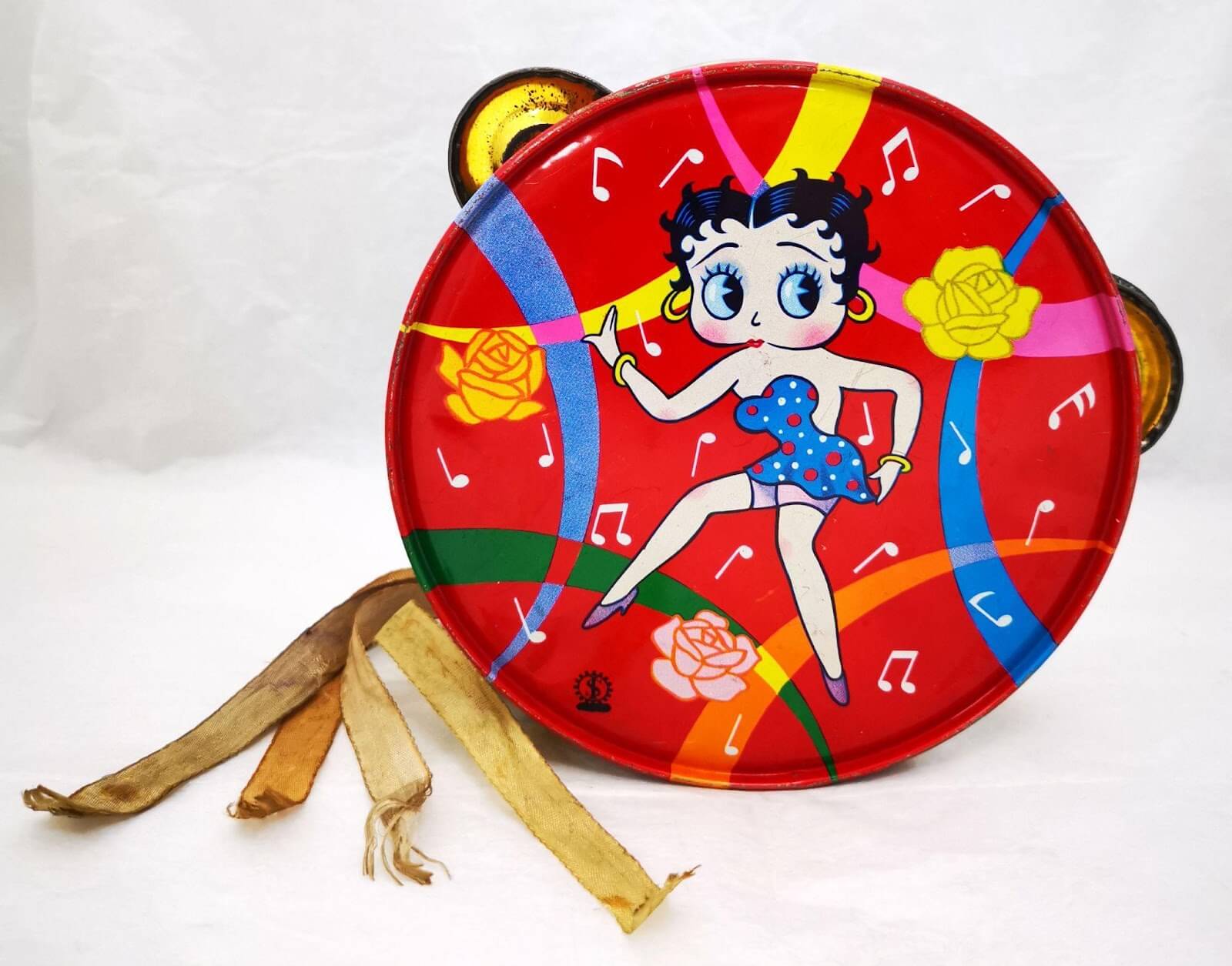
Maker: S.I
Year of Make: 1930s
Country of Origin: Japan
Betty Boop was one of the most iconic cartoon characters of 1930s America, known for her flirtatious personality. Before the Hays Code, Betty was a symbol of female empowerment, showcasing a carefree attitude, challenging gender norms, and redefining femininity through sexual liberation. Her skimpy outfits, high hemlines, and curvy figure (as seen in this Betty Boop Tambourine) made her an instant icon of the times.
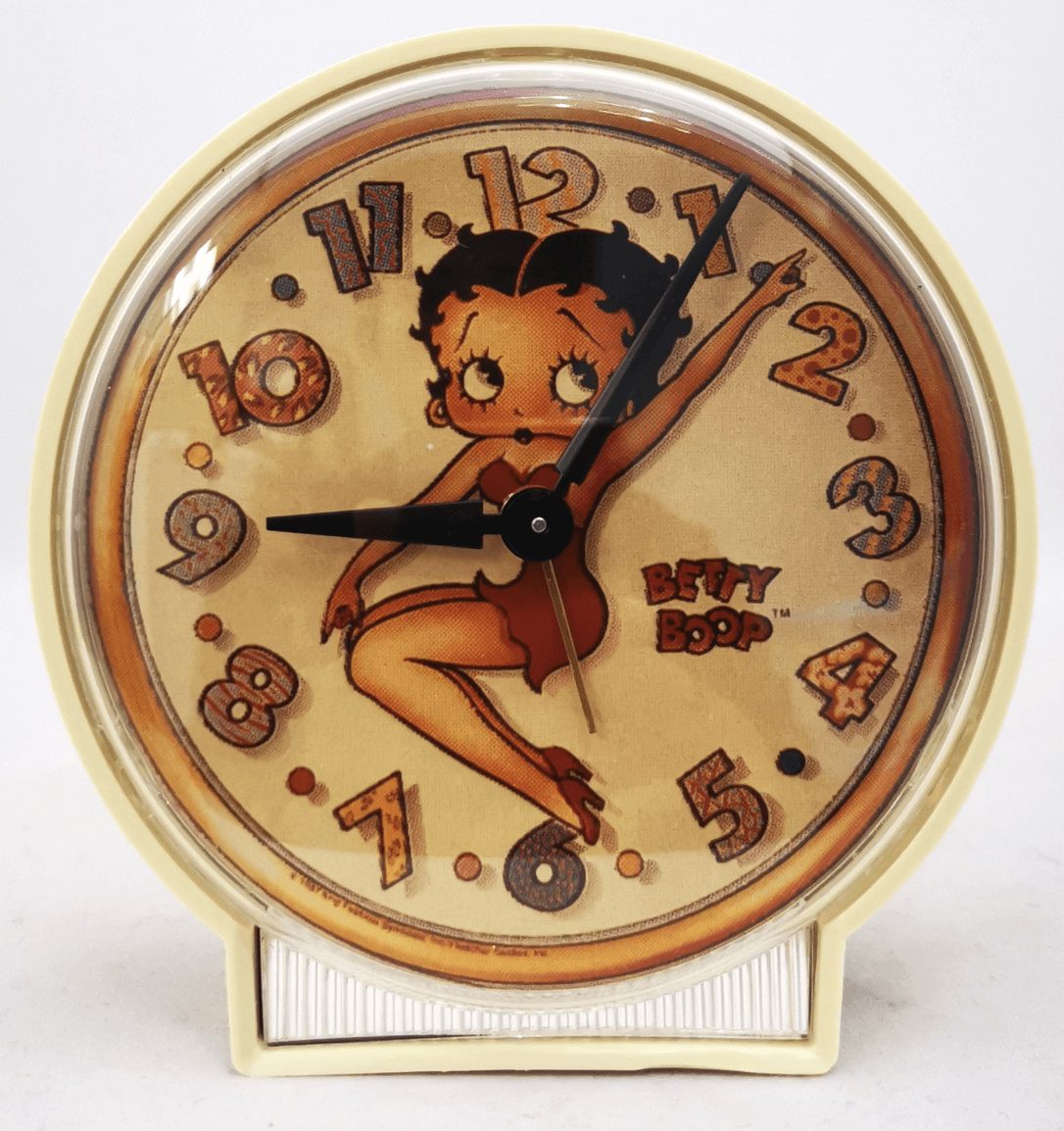
Maker: Unknown
Year of Make: 1980s
Country of Origin: United States of America
However, after the introduction of the Code, Betty’s image underwent significant changes as seen in this Betty Boop Alarm Clock. Her strapless dresses were replaced with more modern attire, her garters were hidden, her curves were reduced, and her flirtatious nature was toned down. Betty Boop was transformed from a symbol of female empowerment to a cuter and more innocent character, with her image becoming less risqué and more child-friendly.
The changes made to Betty Boop are just one reflection of the far-reaching and long-lasting impact of the Code on American cinema and pop culture. It not only changed the way films were made but also influenced other forms of media such as television and radio. Though the code was eventually lifted in the 1960s, it’s only been in recent years that Hollywood has begun to portray nuanced discussions of issues surrounding race, sexuality, relationships, abuse, violence, and other sensitive topics.
Then & Now: Toys as a Window into Time
One way we can remember the impact of the Hays Code is through valuable vintage toys such as the Betty Boop merchandise above. If you’re interested in learning more about Betty Boop and other Silent Film toys, come pay a visit to the MINT Museum of Toys in Singapore. Our Level 4 Characters collection features some of the most popular vintage toys and icons from your childhood, including like Looney Tunes, the Flintstones and Jetsons, and Felix the Cat. From now till 30 June 2023, you can also see stuffed toys spanning the 1960s till today at our special limited-edition GUERILLA: Featuring Plush Toys event.

